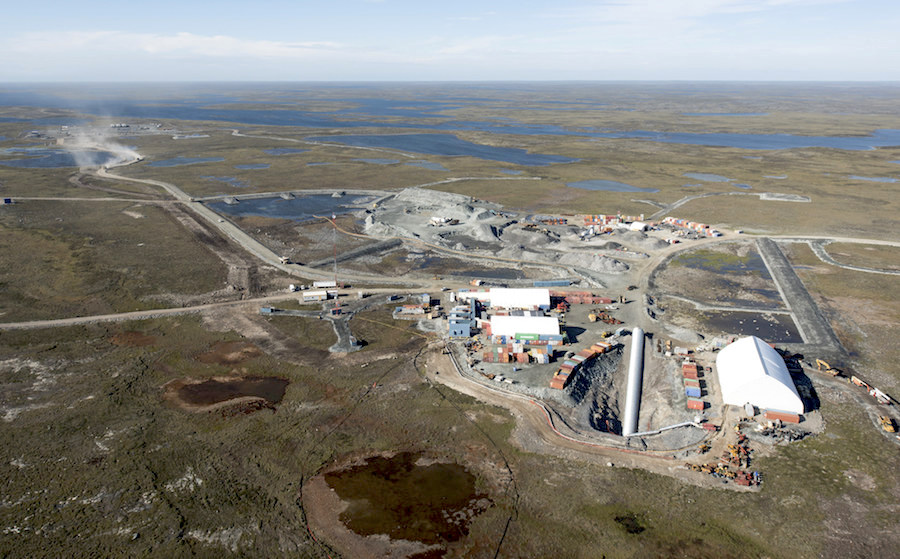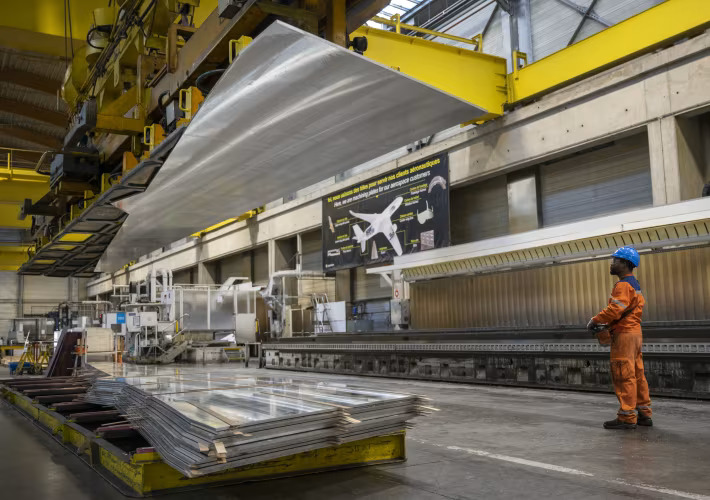Gold mines to inject new life into Canada’s far north

New mining projects, particularly in the gold sector, are expected to drive strong economic growth in Canada’s far north, with Yukon and Nunavut surpassing the rest of Canada by 2020, a new report shows.
According to The Conference Board of Canada’s latest Territorial Outlook, the nearby Northwest Territories (N.W.T.), however, face challenging times as the diamond industry there matures and production of precious stones is forecast to fall over the next six years. Yet the N.W.T is set to benefit from the growth the mines in Nunavut and the Yukon will bring, mostly in other areas of the economy, with growth in services-based industries remaining flat for much of the forecast.
Economic growth in Nunavut, the Yukon and Northwest Territories as a whole is forecast to average 4.7% in 2019 and 4.5% in 2020 — easily outpacing the forecast Canadian average of below 2% growth.
“While the mining sector has been more cautious in this upswing cycle than in the past, there are still several mining projects that are advancing through the approval process and will bolster economic growth and employment opportunities in the northern territories over the next few years,” said Marie-Christine Bernard, Director, Provincial and Territorial Forecast, The Conference Board of Canada.
Fuelled by the construction and operation of new mines, economic growth in the territories as a whole is forecast to average 4.7% in 2019 and 4.5% in 2020 — easily outpacing the forecast Canadian average of below 2% growth.
Between now and 2020, Nunavut’s economy alone is expected to grow by an average of 7.3%, and then slow down to 4.6% annually, still higher than any other territory or province. Most of that growth will come from the expansion of Agnico Eagle’s Meliadine and Amaruq gold mines, as well as Sabina Gold & Silver’s Back River project. Gold production in Nunavut is expected to double in the next couple of years.
Yukon’s economy will grow faster than that of almost any other territory or province in Canada over the next few years, with gains of 4.6% expected for this year and 6.2% in 2019. The expansion will be largely driven by two new mines that will go into production: Goldcorp’s Coffee Gold project near Dawson and Victoria Gold’s Eagle project near Mayo.
The board also mentions the proposed Casino mine, which would be Yukon’s biggest mine, costing billions to build and employing hundreds of people. That project is currently under review by the Yukon Environmental and Socio-economic Assessment Board (YESAB).
N.W.T. diamond production has peaked
Unlike its neighbours, the Northwest Territories is forecast to contract by an average annual pace of 1.6% between now and 2025.
The Diavik, Gahcho Kué and Ekati diamond mines will all be in production for a number of years — Diavik is the first scheduled to close, in 2025 — but they show little room for growth, the board says.
Two new metal mines should help offset some of the losses for the mining sector, but not until after 2020, the report shows. Those are Canadian Zinc’s Prairie Creek zinc, lead, and silver mine and Fortune Minerals’ NICO cobalt-gold-bismuth-copper mine. Neither is expected to go into production before 2021.
The territorial forecast is based on a number of factors, including government spending, consumer behaviour, and population trends, but the main determinant for northern economies is still mining activity.
{{ commodity.name }}
{{ post.title }}
{{ post.date }}




Comments